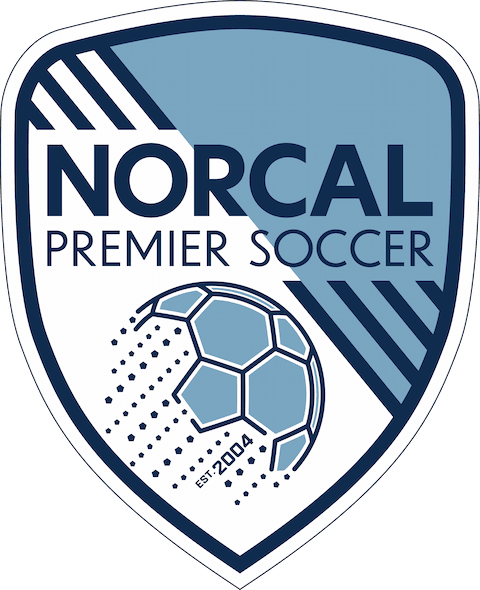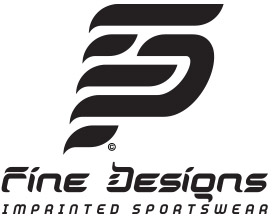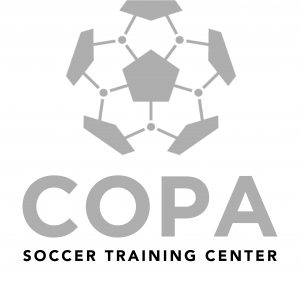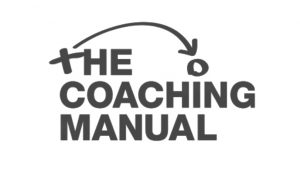Q & A: UC Davis Women’s Soccer Coach Tracy Hamm

Note: NorCal Premier Soccer regularly sits down with an influential figure in the youth soccer landscape to pick their brain about a variety of different topics that are relevant in the current soccer environment in the United States. For this edition, we spoke to UC Davis women’s soccer coach Tracy Hamm. The Moraga native enjoyed a standout club career in Northern California with Mustang SC and Lamorinda SC before making her way to Cal and then eventually onto the professional game. Since retiring, Hamm has coached in the area, leading San Francisco State for years before making her way to the Division I game this past season with Davis.
NorCal: What was the youth soccer scene like when you were growing up compared to how it is now?
Hamm: It’s a completely different landscape, when I was playing everything was run through only one league that you could play in and then there was ODP. But there were way fewer options, you couldn’t go to Surf Cup unless you won State Cup, so it really was only the best of the best. I think that the talent pool now is much higher because there’s better coaching and there’s more opportunities for players to play, but you also grew up playing for your local club, no one was driving two hours to go to practice. But yeah, I think the level of talent is much higher now but it’s just not as condensed.
NorCal: You played for one of the top programs in Northern California in Cal. When you were growing up, was playing at the college level the goal for you?
Hamm: I grew up wanting to play for North Carolina, all I had were posters of Mia Hamm in my room, I only wanted Tar Heel gear just because that was the best team and were winning national championships. But then you start going through the recruiting process, ODP was a huge thing to be exposed to really talented players. I always wanted to go far away from where I grew up, but my story is interesting because my senior year, back when you actually took your five official visits and didn’t commit when you were 14, I had my trips all set up for my senior year in the fall and then 9/11 happened so all my trips got cancelled and it was a scary time. Players were scared to go on planes and be far away from their families. It was a volatile time so my mom and dad asked me to go to some local schools. I ended up going to Cal and just fell in love with the campus, the coaches, and the team. I loved it. It was a blessing in disguise, I’m so happy I went there. It was just cool to go to a school with so much tradition and high-performing individuals. It was exciting going through that process and going somewhere local because so many friends and family were able to watch me play and I wouldn’t change that for anything.
NorCal: How was your experience as a professional player?
Hamm: I got drafted to FC Gold Pride, I actually ended up getting cut a couple of months into the season and in the meantime I was the assistant at Cal and then signed a contract for a second season to play for the Atlanta Beat. The league was going to fold after one more year and our owner told us so so at that point it wasn’t the experience that I thought it was going to be and I missed coaching so I felt like I lost my competitive edge as a player and started to think about the game much differently so when I found out that the league was going to fold, I applied for grad school.
NorCal: Do you think things would have been different if the league was more established like the NWSL is now?
Hamm: Yeah, I think the league just made similar mistakes that WUSA did. The travel was too expensive, the teams were too far apart. WUSA wasn’t individually franchised but the WPS was and same with the NWSL, they’re all individually owned instead of the league owning them, which I think makes way more sense because you’re able to do different things based on your market. The reason the NWSL has been more successful has been because of the federation paying their salaries. The reason the WPS folded was because the national team players were getting paid so much money and it was crippling the franchises because you’re only charging $10 a ticket but one player is making $150,000. That’s not going to work out.
NorCal: You were the second American woman to go through the UEFA A License course. What made you decide to go through that process and how was the experience?
Hamm: I’d done my E and F and wanted to skip the D, but the rules from the federation said that you had to have played three years professionally or have a certain amount of caps for the national team to do so, but I had only played two years and the league folded so there was nowhere else for us to play. When I graduated college in 2006, there wasn’t a pro league for three years so I was like, “where did you want me to play?” And I played in the WPSL in that time which was basically a pro level because my whole team was full of national team players: Leslie Osbourne, Brandi Chastain, Sissi, Nicole Barnhart, and they didn’t count that experience as being pro. So I ended up looking at the waivers of skipping that process and looking at the foreign courses because at that point I thought that getting a license was a super American experience. I didn’t think they did that anywhere else but I started to dig and found out that Europe had the same thing but found out that there weren’t a lot of courses that did residency there because everything is so close and I’m not going to fly back and forth every weekend. So I saw that Wales was doing a residential course for pro players only and thought that there was no way that they were going to let me in, an American female. If my own country doesn’t recognize my playing experience, they aren’t going to either, but they did and so I went over there and it was the most incredible experience professionally that I’ve ever had. I couldn’t write fast enough, I learned more in eight days there than I had in a lifetime and I couldn’t wait to go back. When I did go back, it was so different to what we are taught here, but after I did my UEFA B, I reapplied to the USSF B and they let me skip the D and the C. So I had to leave the country to take the course I actually wanted to take.
NorCal: How can the federation do a better job to make these courses accessible to grow the game and make sure people can learn?
Hamm: US Soccer didn’t write that rule maliciously, they just wrote it for men because it made sense. Yeah, you should maybe play three years professionally because it made more sense on the men’s side, of course. They just wrote it without thinking about this minority that it would affect. I just think that they need to make it more of a case-by-case basis, you can’t just have blanket rules, especially with women in particular because if there’s only nine professional teams and only 12 Americans on each team, that’s not a huge opportunity for women. I mean, there’s no USL for women. The men have all these opportunities that the women don’t, so I think they need to think about the application process for women in particular and if the women have coaching experience, rather than playing, that needs to be considered because there aren’t enough opportunities to get the experience that they are asking for.
NorCal: When you’re going out and looking to recruit playeras, what’s something that stands out that you’re looking for in someone you want on your team?
Hamm: With the landscape of youth soccer as it is, there are so many good players and everyone is technical, everyone has a really good tactical awareness. Everyone is well-coached. The difference is athletic ability and small nuances like being faster or stronger and more dynamic. But for me and other coaches, we keep our jobs by winning, which is scary in a lot of ways because we’re relying on 18-year-olds to make good decisions and train well, but we want people who want to win and because the players play in so many leagues now, it’s easy for the players to think that they’re just playing in another game and not try to win, but that’s a big factor. When you’re watching players over a long weekend, you’re looking for players who look the same on Friday as they do on Sunday. What’s your fitness level like? Do you want to compete? Do you want to win? And you have to rely on club coaches to make good recommendations. They spend the most time with the players so I always call them and ask how the players train or ask if this particular girl keeps score during possession. Does she want to win all the time? That all translates to how you compete at the college level because it’s such a grind and there are so many expectations placed on you. So if you don’t want to win and you don’t love what you’re doing, it makes it really difficult to make it through all four years.
NorCal: How are things going at UC Davis, how is the program going?
Hamm: I think our results were fair for the most part and I think we were in every game except for a couple. I wanted to really focus this fall on understanding what the program was about and what are their traditions and who are these individuals and how can I help them be successful, not just on the field, but off the field as well. This winter quarter was really exciting because we started to build our new traditions and culture and the legacy these players want to be and how do we create the environment where the expectation is much higher than it’s been in years past. How do we train keeping that standard in continuing to push that bar? So this spring quarter was supposed to be all of those games and I feel like we were definitely moving in the right direction and had made huge strides. I think we have a lot of talented players coming in this fall so for me it’s just about changing the culture and the dynamic and setting a new tone and new expectations for winning. X’s and O’s are super important but the difference at the college level is about the mental edge and being able to compete and train that attitude and mentality.
NorCal: Right now, no one can really play or train because of COVID-19. What advice do you have for youth players who are still trying to improve and what would you be doing right now if you were a youth player looking to make it to the next level?
Hamm: I think the most important thing that players can do right now is actually watch soccer and become a student of the game. Players now have such a luxury of being able to watch soccer. Growing up, watching soccer was not accessible. We couldn’t watch it online, it wasn’t on TV. So now, there’s no excuse for the player to not watch it. Right now they should be watching at least two games a week and pick out a player who is playing your position and think about the things they’re doing. But just watching the game is really valuable. And then doing individual skill training, there are so many apps and videos that they can be doing and you don’t really need a lot of space. You just need a ball and a wall. And even with the college players, there’s no reason to come in unfit. You’ve got so much time. Just watch the game, focus on your individual skill, and spend time running. Don’t let this stop you or distract you. This isn’t ideal but this is an opportunity for you to focus on the individual parts of the game that you can improve on.














